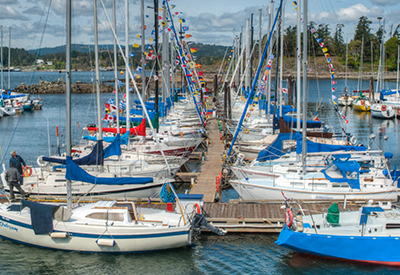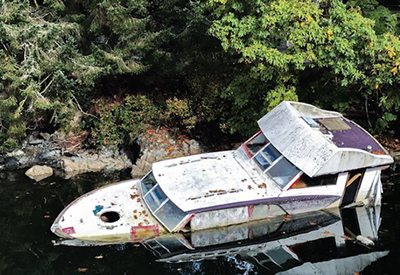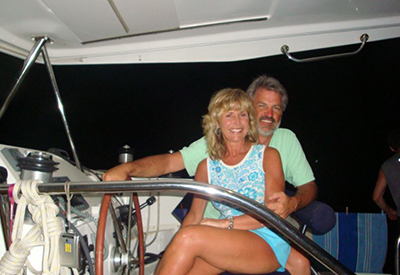Starting – A System To Help You Get Off The Line With Confidence

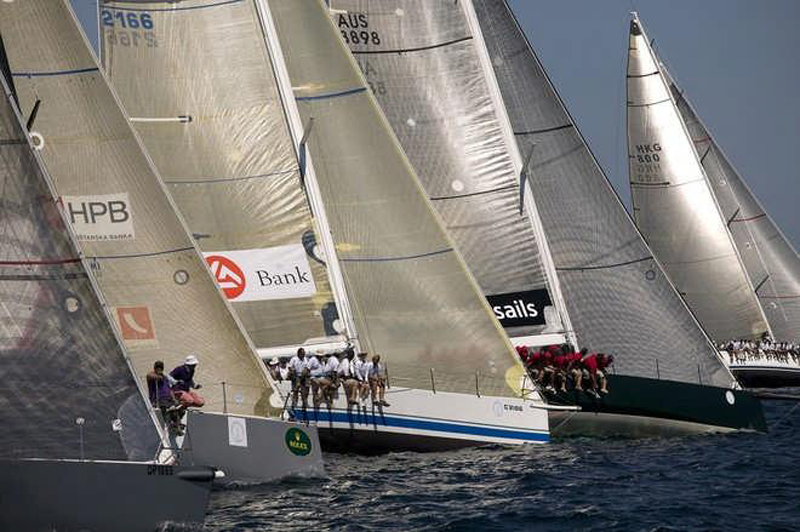
Discipline is paramount in implementing a total starting strategy for each and every boat race. Without a sound understanding of the procedure by every team member on a boat, and allowing time to gather information before the start of every race, your chances of making well calculated decisions are substantially reduced.
Many different sailors and teams have their own ideas and plans for the start of the race. The guide outlined here is a system that works well for me and you may find that modifying this works better for you – but the only way to establish this is to start practicing and sticking to a plan from the outset. The learning can only begin when you start!
Pre – Preparation = Information
Weather
What is the forecast for race day?
Persistent shifts / oscillating / steady breeze?
Increasing / decreasing / steady pressure?
Current / tide flow?
Boat
Likely boat setup for conditions and sail selection
Make sure the boat is set up for power off the start line
Know your boat! Speed build / decrease times & tack / gybe times
Team
Clearly defined roles – ie: Spotter, line caller, trimmers knowing speed %
Opposition
Who are they? What is their status for the race, the regatta, their strengths & Weaknesses starting style?
Useful Resources
www.bouyweather.com
www.seabreeze.com.au
www.bom.gov.au
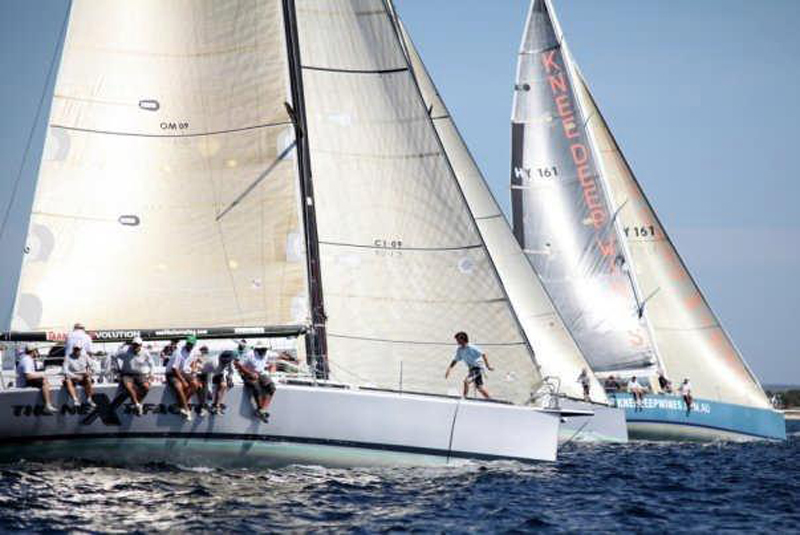
Having a plan of where you want to be on the race track will determine where you want to start. Bernie Kaaks Image.
Geography
Local effects of land on the wind, and depth on the tide
Lay lines
Lay lines determine the playing field of where you will race
Strategy
What is the fastest track on the first leg? And other legs?
Plan
Develop a plan of where you would go if you were racing the clock only
Start Line Analysis = Information
Establish Start Line Geometry
TWD – Get the true wind direction – go head to wind – what is it?
LINE ANGLE – The angle of the start line – sail down it – what heading is it?
LINE LENGTH – How long does it take to sail from one end to the other?
BIAS – Calculate bias based on TWD and LA. Check it at the pin end by going head to wind and sighting square across the boat – this will give you a ‘visual’ as to the amount of bias based on where the committee boat is sitting
LAYLINES – Establish the lay lines to both the committee boat end and the pin end
DANGER – Danger zones are established as being outside the lay lines. Also consider anywhere greater than a minute from the line as a danger zone
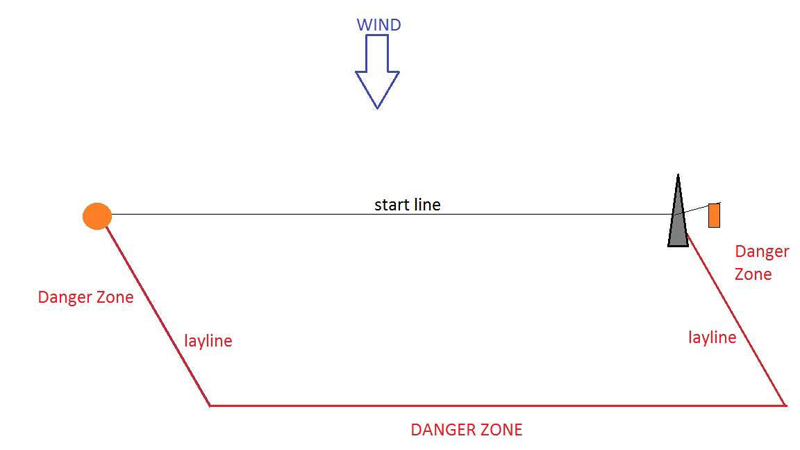
Using the information gathered establish the starting boundaries and reduce the risk of getting a bad start

Identify the high risk zones when the line is biased – these areas can often result in chaos and crashes. It may be worth starting near the favored end, but just clear of the commotion!
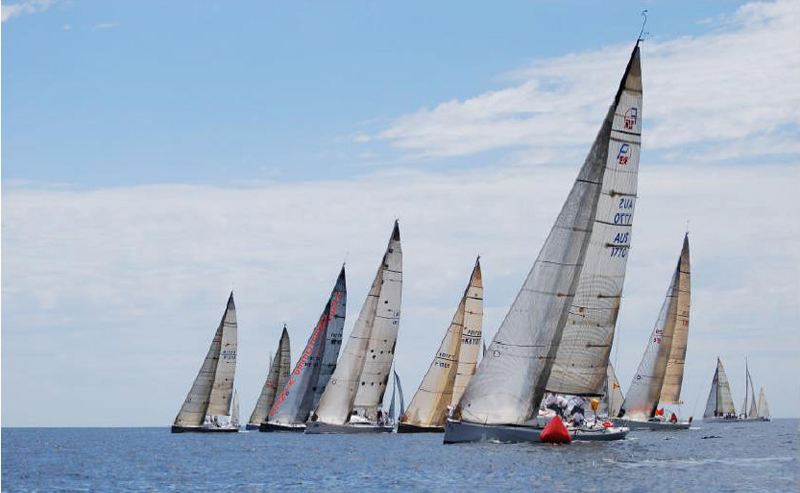
The Next Factor (to windward) shortly after the gun – it’s clear to see the advantage of the biased end and a front row start. Vanessa Cornwall Imge
Techniques – Time to use your information and execute your plan
1. STARBOARD APPROACH – Choose your position on the line where you want to start. Time your run to the line and hit it with maximum speed and height.
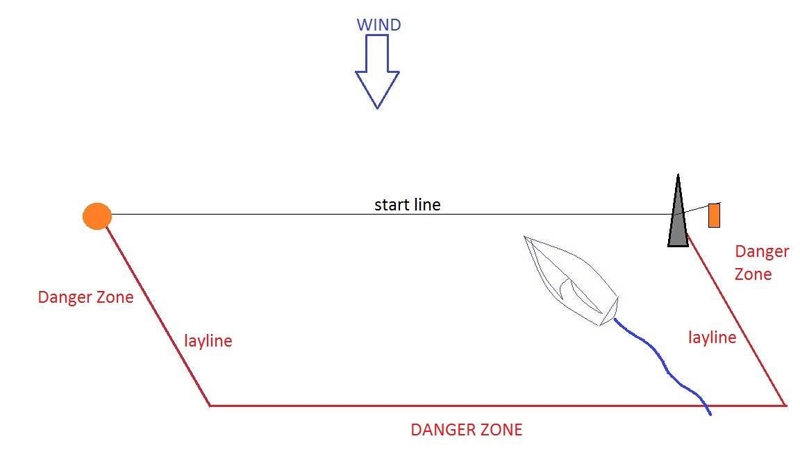
2. SHAKE AND GO – Choose your position on the line, only a matter of lengths from it. Hold your boat in this position with no, or very little speed. Sheet on and hit the line as high and as fast as you can.

3. PORT APPROACH – Approach under the fleet on port tack, looking for a gap in the line. When you see a gap you like, tack into it and commence your time / distance approach. The later the better, but higher risk!

4. PORT TACK – High risk and only optional on a substantial pin bias, timing is everything and the window to sneak in at the pin and clear the oncoming starboard fleet is minimal. Lots of practice required for this one… and it’s hero or zero!
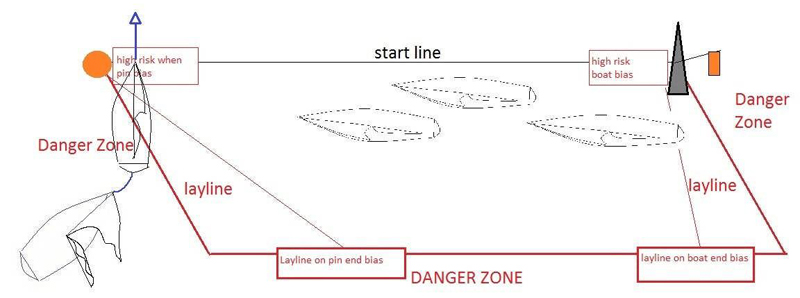
In Sequence – Countdown to the start
5 MINUTES – Confirm the flags! Information! Which fleet? Which Course? Get an accurate time!
4 MINUTES – Choose your technique – which will get you the best start from all the information you have? Make sure you have a B plan too! It often goes bad – and if you have a B plan you won’t be indecisive!
3 MINUTES – Fleet management – Assess crowding and identify clean areas (for plan A and B). Identify danger areas and areas of high risk
2 MINUTES – Commitment – Execute plan A or plan B?
1 MINUTE – Time/ distance – Get to the line as high and fast as possible! Create a gap to leeward if you have the chance in this last minute. Take the opportunity to squeeze your opponents if you can!
Racing – After the start
How do we look? Have we got clean air? Should we be sailing high, middle or low groove?
Options? What are they? Can we sail to our strategy? If not, what is the best from here?
Sail the boat to get options – sail high to lee bow opponents, low to roll over an opponent, or middle to stretch to your favored side.
Proceed with race strategy
Damage Control
BAD START – Get out as quick as you can! Try to find a clear lane quickly and get back to sailing fast and to your strategy
OCS (individual) – Your quickest recovery is important here – get back, stay focused and sail fast. Find a clear lane and get back to your strategy
GENERAL RECALL – Analyze what happened and learn from the experience – you just got one for free!
BLACK FLAG – Analyze circumstances – and learn from it! Don’t beat yourself up – if you have never had one, chances are you have never lifted a cup either!
Starting well takes discipline to follow a method, gather information, make a plan and execute it. The more you practice the better you will get. And if you don’t OCS once a year – you are holding back! Get in there!
Good luck. Sail fast and fair!
By Paul Eldrid, Evolution Sails Western Australia

